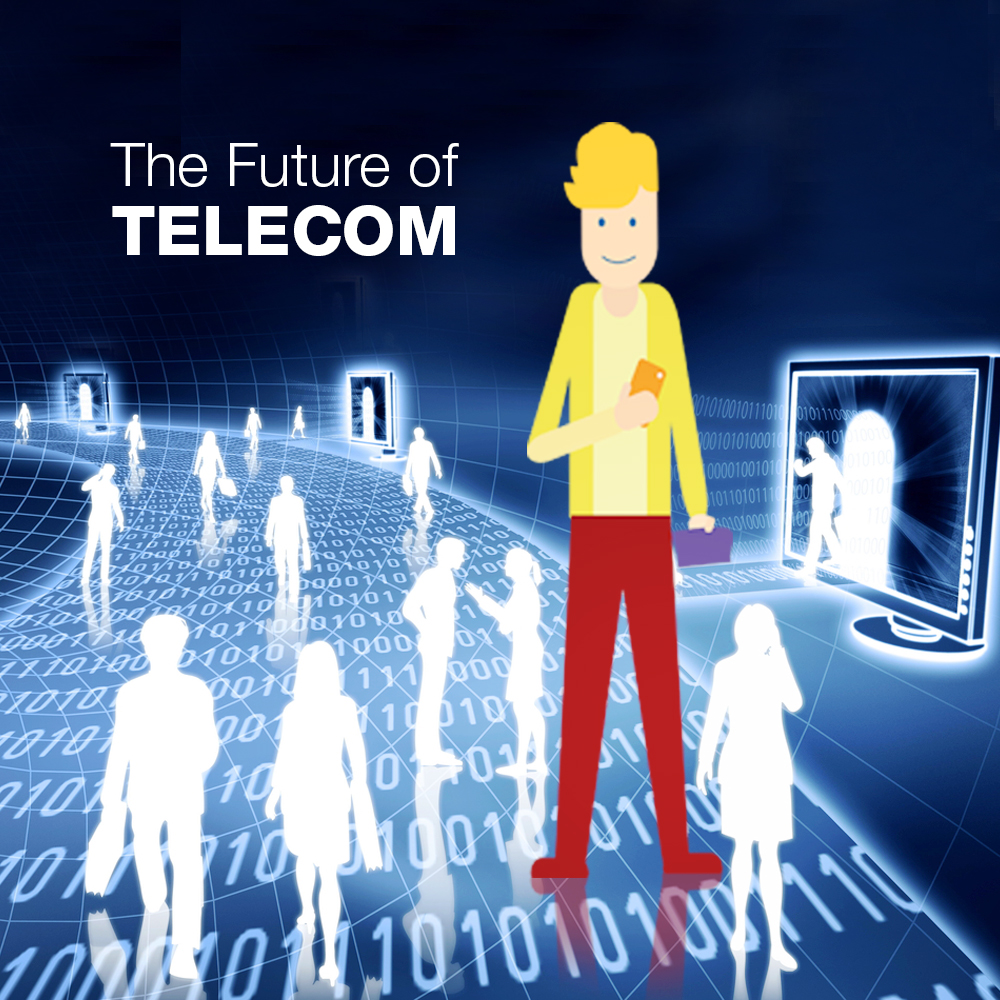For the last two decades, the telecom industry has been driven primarily by continuous technical transformation, and the disruptions in the need to access information. Now, with the industry having matured significantly, the new waves of growth will hinge on service led models – models that are tied to consumption patterns than technical innovation.
Such consumption patterns will require a substantial paradigm shift for telecom companies. The play will focus not only on infrastructure but services developed on top of it. With this context, here are a few trends that will shape how the telecom industry will shape up in the coming years.
Trends that will shape the industry
- Integrations with content businesses: In the recent past, telecom companies have led acquisitions into content based businesses, such as Verizon purchasing Yahoo, or its subsidiary AOL purchasing Huffington Post. However, for content businesses, telecom (primarily internet and data services) has emerged as a critical conduit that could impact growth. While providers such as Netflix have tied up with various telecoms, the coming years could see telecom acquisitions by content providers. A potential candidate for such an acquisition is Facebook – its users already stream over 100 million hours of video a month!
- Cloud based services: Continuing from the above, consumption has steadily moved from buying products to subscribing for services. Such services, which mostly includes media streaming and data storage, has put significant pressure on telecom pipelines. Pressures to increase network capacity, accommodate higher upticks in usage, and sheer volumes of subscribed services will require telecom companies to invest and optimise continually. And, this will be required especially, if the rate of adoption of IoT keeps increasing.
- IoT: As detailed in our previous blog post, the Internet of Things (IoT) will emerge as a significant opportunity. With an estimated 24 billion connected devices by 2020, the need for internet services will only increase. This will also signal comprehensive investment in WiFi services management platforms, and next generation business and operations support systems (BSS/OSS).
- Security: As more devices get connected via telecom systems, the onus will be on the latter to provide secure services. Such services will be required to ensure safety with public and private networks – which will experience growing dependency as consumers start adopting IoT and connecting their devices aggressively.
- Better billing options and telecom products: Legacy BSS/OSS platforms, which are in play currently within most telecom companies, do not offer the flexibility nor the future readiness that is required. The multitude of services that telecom companies are expected to provide, will increase pressures on getting the best out of this systems. It follows, that telecom companies will be expected to make significant investments on next-generation billing software.













